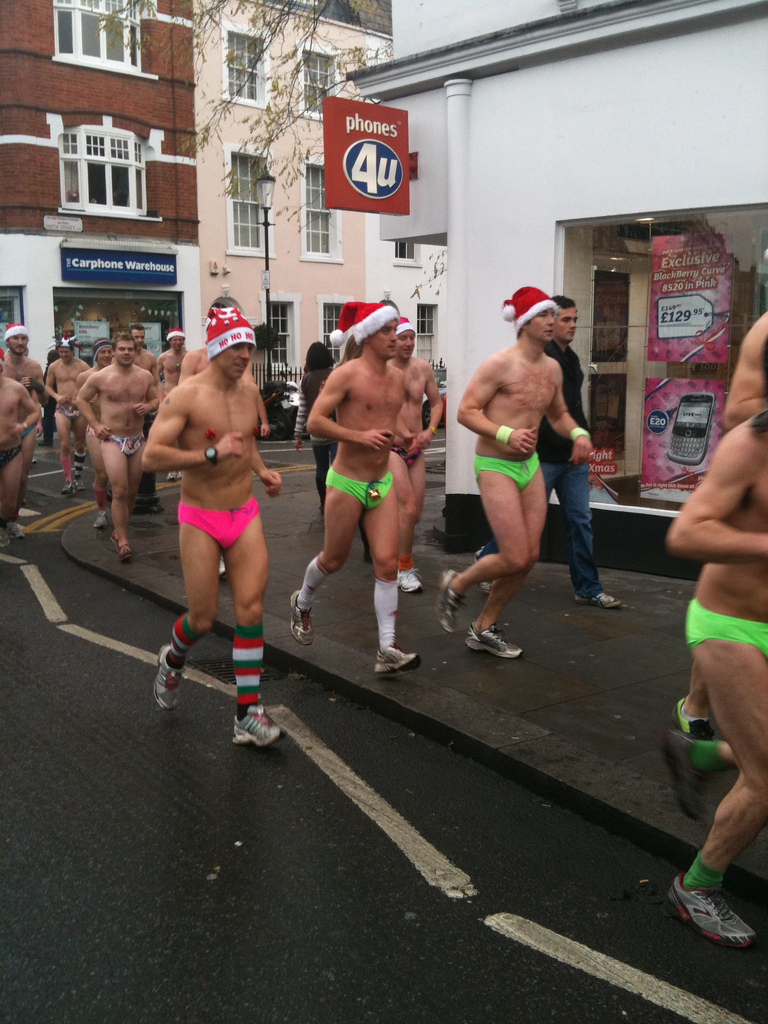
Don’t Spend Winter In A Speedo — Unless It’s Like This!
Winter is coming, and it’s time to start thinking about what you will do now to achieve your 2014 season goals. I’m not suggesting that you _have to_ do race-like volume or put in massive training weeks. But if your goals for 2014 involve improved fitness and performance, the winter is simply the best time to build the speed and strength required.
<< Don’t Like Reading? Watch the Video Here! >>
<< Prefer to Listen? Get the Podcast Here! >>
Put The Volume On Hold
As a triathlete, your volume will come in-season, when the weather is nicer and your event is closer. A three-hour trainer ride in December for a July race simply doesn’t add up — but it will cost you significantly. We use quality over quantity in the winter, our OutSeason, because when it’s time to put the volume in your body, you won’t also be able to add speed.
It’s in your best interest to make your winter training and limited and specific as possible. #workworks #outseason

Time, Not Cold, Is Your Enemy
Everyone fears the cold weather, but the real enemy in the winter time is time. Days are shorter and nights are longer. Work is busier (now that you don’t have a big race!) and you have other commitments including the holidays and other social activities. This doesn’t include inclement weather, raking leaves and other such activities. Simply finding the time to train becomes work in and of itself.
Shorter daylight hours are your winter training enemy — not the cold! Don’t train into chronic fatigue! #outseason #workworks”
Conserve Your Mental Energy
And let’s not forget the mental cost of training in the window spanning December to March, sometimes even April. Most of us are training indoors on the trainer and perhaps the treadmill as well. Trips to the pool in the winter are twice as costly due to the additional clothes and the need to dry hair. Or to put it in another way:
It’s in your best interest to make your winter training and limited and specific as possible. #workworks #outseason”
How We Help Triathletes Master the Winter
Inside Endurance Nation we use our OutSeason® Training Plan to create fitness on fixed, manageable schedule. There are typically two days off, with the remaining five days split into three bike and two run workouts.
The training plan spans just fourteen (14) weeks, each individual training session has a special goal, and the results are game-changing: 20% improvement in bike Functional Threshold Power (FTP), 2:00+ 10k and 4:00+ half marathon finish line improvement. Plus you have the benefit of training alongside the Team with our workouts and online challenges.

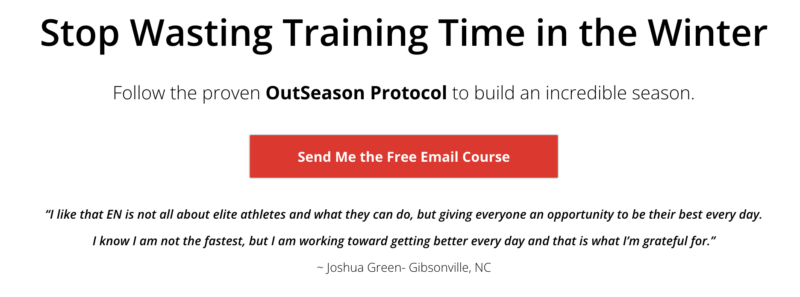
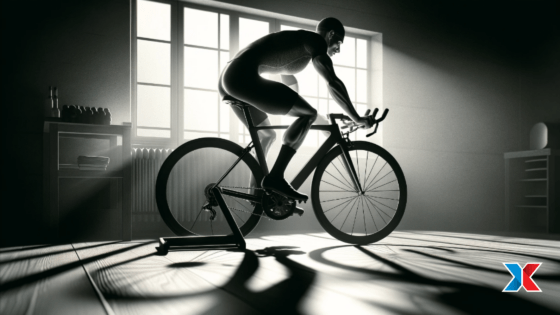
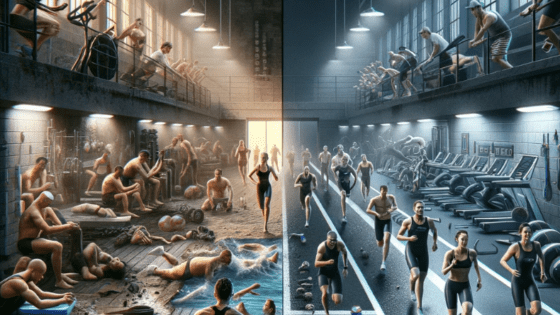
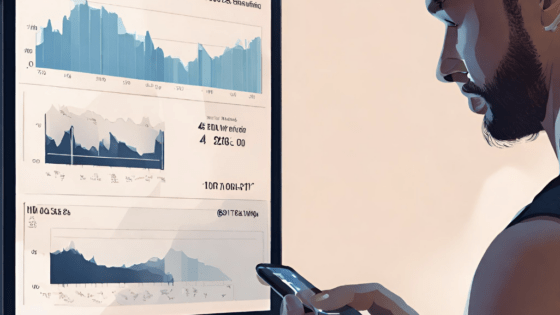
kevin miller
How do I process Maffetone, Mark Allen, and Matt Fitzgerald’s approach to low heart rate training with EN out-season speed work. Is their approach “junk miles”?